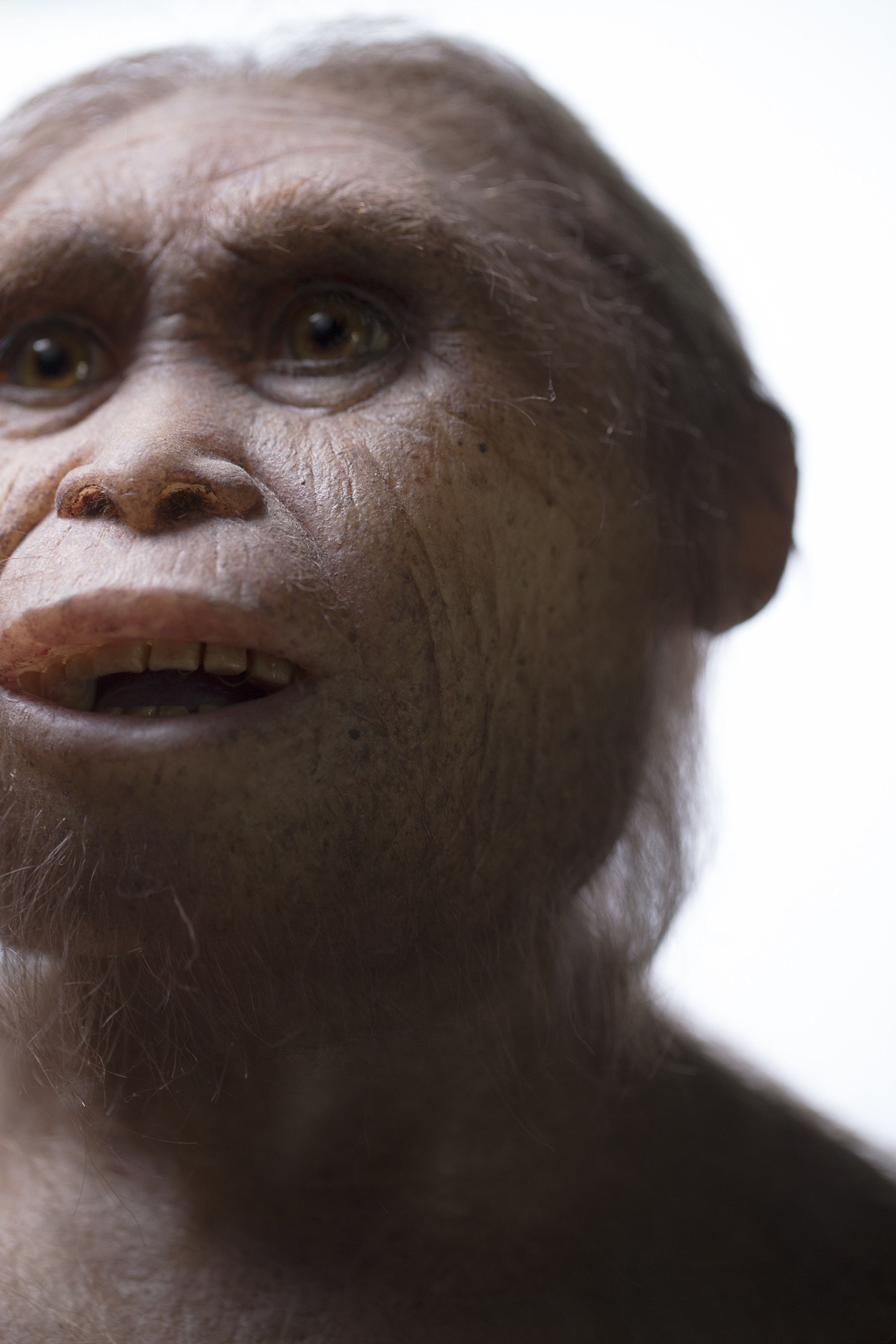![Holy Frodo! Hobbits really did walk the Earth, scientists say [video : 85619192]](http://videos.usatoday.net/Brightcove2/29906170001/2016/06/29906170001_4931890638001_4931738112001-vs.jpg?pubId=29906170001)
![636009838379045202-hobbit-reconstruction.jpg [image : 85598084]](http://www.gannett-cdn.com/media/2016/06/08/USATODAY/USATODAY/636009838379045202-hobbit-reconstruction.jpg)
The cozy-burrows part isn’t true, but J.R.R. Tolkien got it partly right: hobbits really did walk the Earth.
According to many scientists, a species of miniature beings distantly related to Homo sapiens once lived on the Indonesian island of Flores. Now, in a find that has intrigued and surprised scholars, an international team has unearthed fossils of the hobbits’ ancestors — fossils that may point to a radical explanation for why hobbits, officially known as Homo floresiensis, were so small.
The fossils suggest hobbits descended from much bigger forebears who “experienced extreme dwarfism on the island of Flores,” team member Gerrit van den Bergh of Australia’s University of Wollongong told reporters Tuesday. Their height “was reduced to two-thirds of ancestral body size, and brain volume shrank to half the size.”
That explanation is already sparking debate, but there’s little dispute that Flores’s hobbits, discovered in a cave in 2003, were astoundingly small. The most complete hobbit skeleton found in the cave suggests adults were far shorter than the average American kindergartner. From that specimen and others at the cave, scientists have pieced together a portrait of a small-brained species that made crude stone tools and resided on Flores from at least 50,000 to 100,000 years ago.

The new fossils, discovered in 2014 at a site called Mata Menge, are a whopping 700,000 years old and just as tiny as the hobbits from the cave, the team reports in this week’s Nature. A partial jawbone found by van den Bergh’s team “would fit in the palm of my hand,” says Debbie Argue of The Australian National University, who was not part of the study team.
Van den Bergh and his colleagues say the Mata Menge hobbits are closely related to the younger cave hobbits and might be the same species. But the Mata Menge hobbits also show similarities to yet another species: much larger hominids – a category that includes modern humans and our ancient relatives — who turned up on the island of Java more than a million years ago.
The researchers think bigger hominids from Java or nearby locales made it across the sea to Flores. Once there, the new arrivals were subjected to “island dwarfing,” the tendency for some species marooned on islands to shrink. Never before have hominids been known to succumb to island dwarfing.
“No one predicted this … would happen to our own human relatives,” says the University of Iowa’s Russell Ciochon, who was not part of the Flores team.
Debate over the hobbits of Mata Menge has already kicked off. Argue questions whether the new hobbits are dwarfed descendants of larger hominids who floated to Flores. She notes, for example, that scientists have found no fossils of these bigger hominids on Flores.
Other researchers are skeptical of the idea that the cave hobbits and the Mata Menge hobbits are closely related. Traits of the Mata Menge fossils show “minimal” overlap with the description of the cave hobbits, say Robert Eckhardt of Pennsylvania State University and Maciej Henneberg of Australia’s University of Adelaide.
More bones may help settle the matter, and scientists continue to dig on Flores in hopes of finding hominids a million years old or more.
“We want to know what the very, very first hominids to set foot on the island looked like,” Adam Brumm of Australia’s Griffith University, a co-author of the new research, told reporters Tuesday. “The search is ongoing.”


